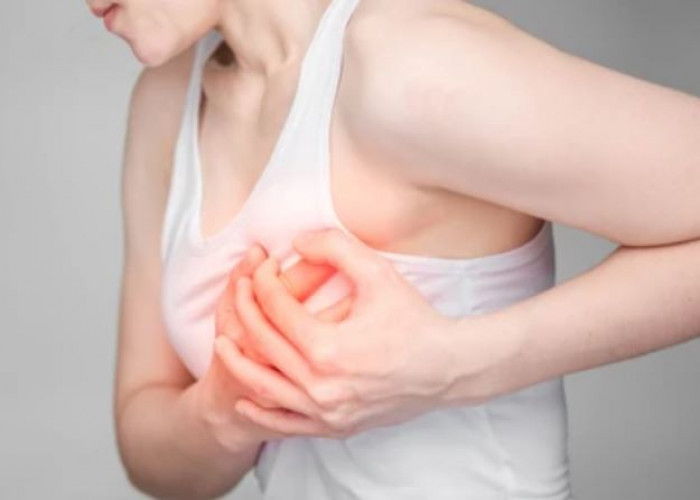 Welcome
Welcome
“May all be happy, may all be healed, may all be at peace and may no one ever suffer."
Breast pain
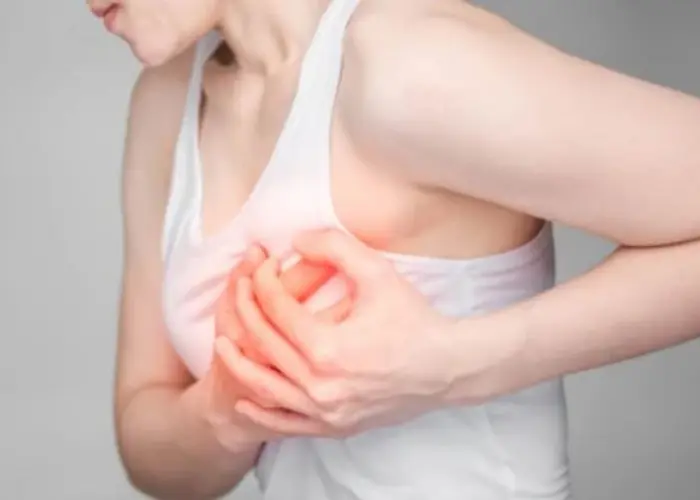
Breast pain is a common symptom that can have many causes. Some of the most common causes of breast pain include hormonal changes, such as those that occur during the menstrual cycle or menopause. Other potential causes include breast cysts, injuries or trauma to the breast, breast infections, and certain medications. Breast pain may be accompanied by other symptoms such as breast tenderness, swelling, redness, or discharge. In some cases, breast pain may be a sign of breast cancer, although this is relatively uncommon. If you are experiencing breast pain, it is important to see a healthcare professional to determine the underlying cause and appropriate treatment. Treatment options may include over-the-counter pain relievers, prescription medications, and lifestyle changes such as reducing caffeine intake, wearing a well-fitting bra, and applying heat or cold to the affected area.
Research Papers
Disease Signs and Symptoms
- Breast pain
- Clearly related to the menstrual cycle and changing hormone levels
- Intensifies during the two weeks leading up to the start of the menstrual period, then eases up afterward
- Described as tight, burning, stabbing or aching sensation
- In women, most likely to occur after menopause
Disease Causes
Breast pain
Changing hormone levels can cause changes in the milk ducts or milk glands. These changes in the ducts and glands can cause breast cysts, which can be painful and are a common cause of cyclic breast pain. Noncyclic breast pain may be caused by trauma, prior breast surgery or other factors.
Sometimes, it's not possible to identify the exact cause of breast pain, but some factors may increase the risk.
Disease Prevents
Breast pain
The following steps may help prevent the causes of breast pain, although more research is needed to determine their effectiveness.
- Avoid hormone therapy if possible.
- Avoid medications that are known to cause breast pain or make it worse.
- Wear a properly fitted bra, and wear a sports bra during exercise.
- Try relaxation therapy, which can help control the high levels of anxiety associated with severe breast pain.
- Limit or eliminate caffeine, a dietary change some people find helpful, although studies of caffeine's effect on breast pain and other premenstrual symptoms have been inconclusive.
- Avoid excessive or prolonged lifting activities.
- Follow a low-fat diet and eat more complex carbohydrates.
- Consider using an over-the-counter pain reliever, such as acetaminophen (Tylenol, others) or ibuprofen (Advil, Motrin IB, others) — but ask your doctor how much to take, as long-term use may increase your risk of liver problems and other side effects.
Disease Treatments
For many people, breast pain resolves on its own over time. You may not need any treatment.
If you do need help managing your pain or if you need treatment, your doctor might recommend that you:
- Eliminate an underlying cause or aggravating factor. This may involve a simple adjustment, such as wearing a bra with extra support.
- Use a topical nonsteroidal anti-inflammatory (NSAID) medication. You may need to use NSAIDs when your pain is intense. Your doctor may recommend that you apply an NSAID cream directly to the area where you feel pain.
- Adjust birth control pills. If you take birth control pills, skipping the pill-free week or switching birth control methods may help breast pain symptoms. But don't try this without your doctor's advice.
- Reduce the dose of menopausal hormone therapy. You might consider lowering the dose of menopausal hormone therapy or stopping it entirely.
- Take a prescription medication. Danazol is the only prescription medication approved by the Food and Drug Administration for treating fibrocystic breasts. However, danazol carries the risk of potentially severe side effects, such as heart and liver problems, as well as weight gain and voice changes. Tamoxifen, a prescription medication for breast cancer treatment and prevention, may help, but this drug also carries the potential for side effects that may be more bothersome than the breast pain itself.
Disease Diagnoses
Disease Allopathic Generics
Disease Ayurvedic Generics
Disease Homeopathic Generics
Disease yoga
Breast pain and Learn More about Diseases
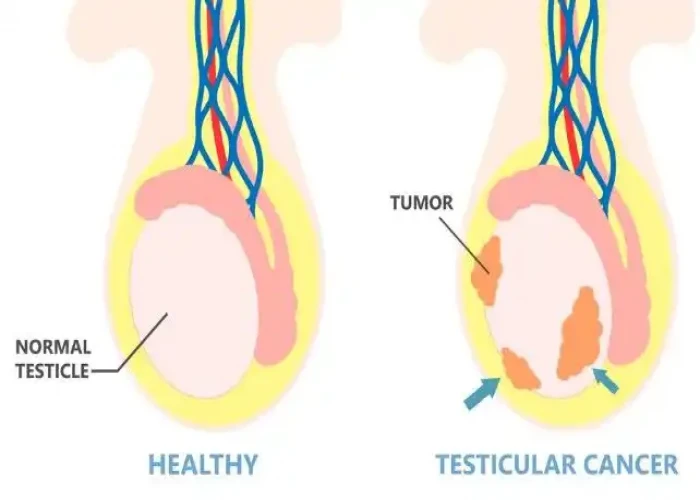
Undescended testicle
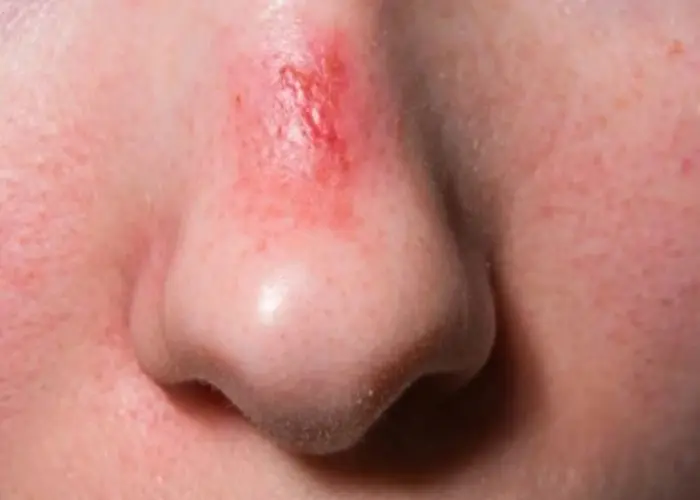
Broken nose
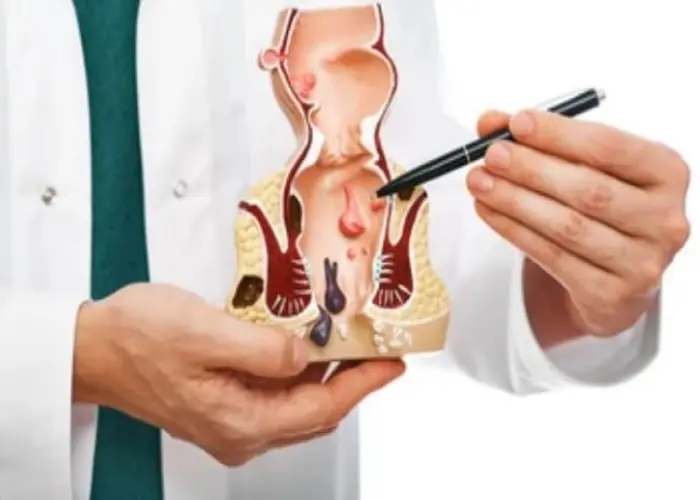
Anal fistula

Adult attention-deficit/hyperactivity disorder (ADHD)
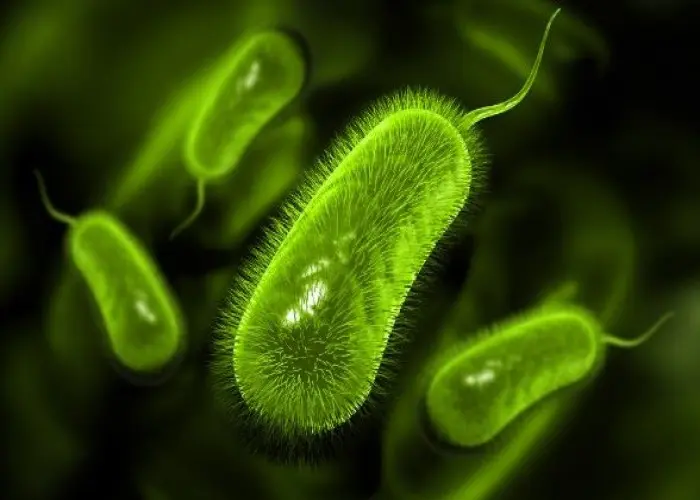
Helicobacter pylori (H. pylori) infection
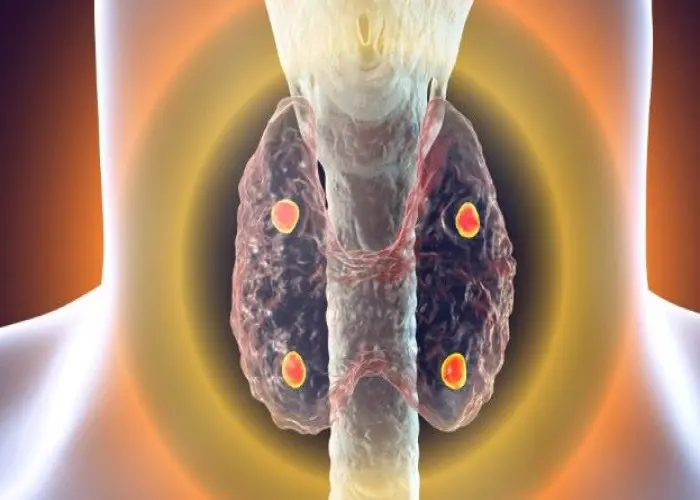
Hyperparathyroidism

Bed-wetting

Antisocial personality disorder
Breast pain, Boobs sore after period, Fibrocystic breast disease, Nipple pain, স্তন ব্যথা
To be happy, beautiful, healthy, wealthy, hale and long-lived stay with DM3S.
